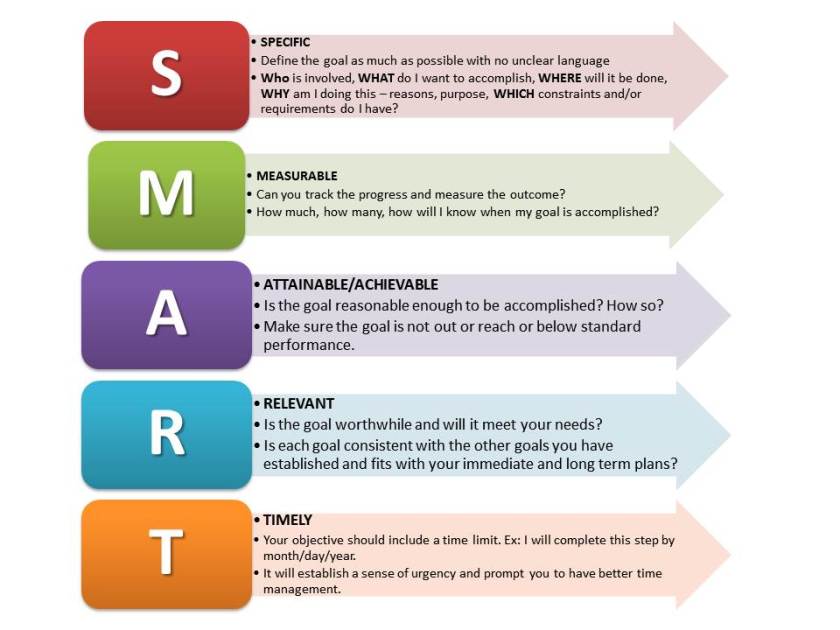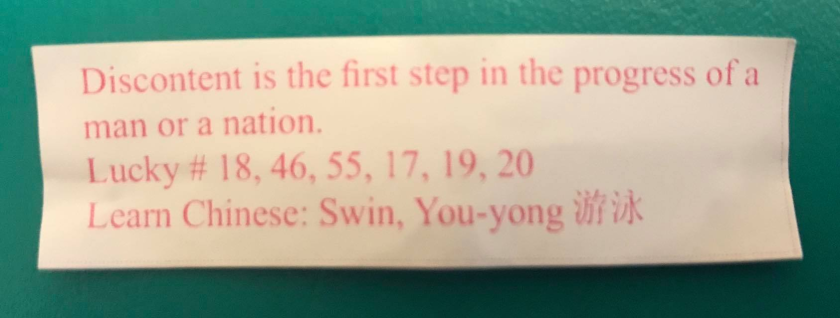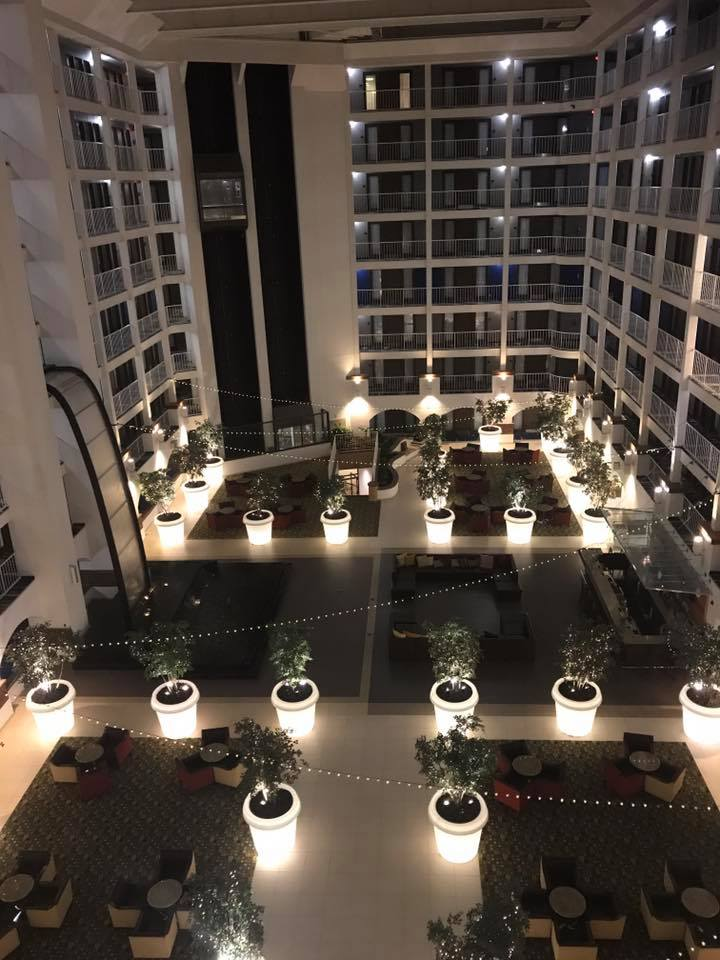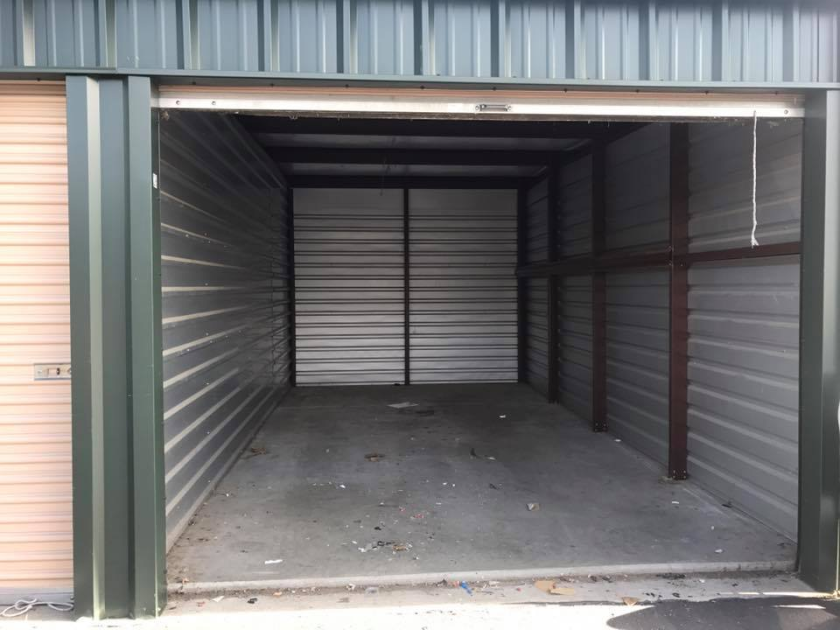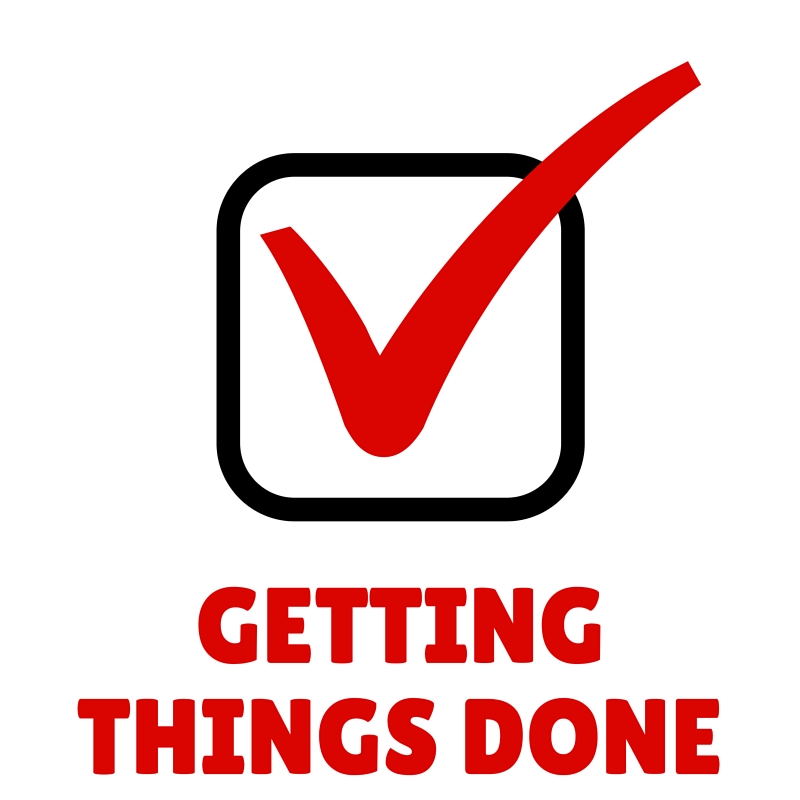I really don’t have the time or the money to attend trade shows right now… or so I tell myself. After all, I need to focus my time and energy on finding a job, and I shouldn’t be spending money when there isn’t any money coming in. That may sound logical at face value, but the reality is that I am really struggling to find a good architecture job in Chicago. I don’t really know any architects in the city and I think most of the jobs get filled before they ever find their way online. I have been checking the job boards for a long time now… daily. The jobs just aren’t showing up.
In April, I joined my local Toastmasters club and I’m now working my way through Level 3 of my first Pathways program. Turns out one of the elective projects is all about networking. I decided to ramp my networking game into high gear. There were 2 trade shows coming up in the Chicago area that were right in my budget (free), Chicago Build Expo and Design Chicago, so I signed up for both of them. I will have to take the train and spend 2 full days at each, so there is a small expense of money (under $100) and time, so I’ve really got to make this worthwhile.
The first show was the Chicago Build Expo and I checked out all the info about it online.  There were 3 large conference stages and 2 smaller workshop stages, all of which were running informative programs all day each day. To make it easier, they had divided the programs into “summits” and there were several that sounded appealing: architecture, sustainability, and BIM/digital construction. I looked at who was presenting and there were actually several presenters from the architecture firms I would be interested in working for. I started planning my schedule, noting which presentations I wanted to attend, what stages they were on, and which presenters I would like to make contact with.
There were 3 large conference stages and 2 smaller workshop stages, all of which were running informative programs all day each day. To make it easier, they had divided the programs into “summits” and there were several that sounded appealing: architecture, sustainability, and BIM/digital construction. I looked at who was presenting and there were actually several presenters from the architecture firms I would be interested in working for. I started planning my schedule, noting which presentations I wanted to attend, what stages they were on, and which presenters I would like to make contact with.
In our Toastmasters officer training in July, I learned that we should always show up at an event with expectations in order to make the most of it. I’ve talked about creating SMART goals before, and these need expectations need to be turned into goals that are just that: specific, measurable, attainable, relevant, and timely.
- GOAL: Share information with at least 20 individuals per day
- RESULT: I came home with exactly 40 business cards over the course of 2 days. Of those 40, 27 look to actually be pretty promising.

- RESULT: I came home with exactly 40 business cards over the course of 2 days. Of those 40, 27 look to actually be pretty promising.
- COAL: Make at least 5 new contacts each day. For these purposes, I’ll define contacts as someone who I connect with on LinkedIn. They can contribute to my future career in some way, or I can help in their career in some way.
- RESULT: I have already added 19 new contacts to LinkedIn over the weekend and have more invitations out that I hope to hear back on next week. This far exceeds my goal.
- GOAL: Connect with 5 specific individuals, who are speaking at the event and work at some of my top 10 firms. No, I’m not a stalker, I swear!
- RESULT: I spoke directly with all 5. Of those, I have connected with 3 on LinkedIn already and have invitations sent to the other 2.
- GOAL: Get 4 interviews out of the contacts made from each show within 6 weeks.
- RESULT: This remains to be seen. I will cultivate my new network over the next month (and beyond) and hopefully I will end up with a couple interviews out of it. I did connect with 6 people directly in charge of hiring though and 4 of those work in some of my top 10 firms.
- GOAL: Sit in at least 2 informative sessions each day that can help me study for the ARE or that will ultimately help me become a better architect. NOTE: They are giving continuing education credits for some sessions and I can use those hours towards my intern hour requirement.
- RESULT: I sat in 6 sessions and gained a lot of knowledge to improve my own skills and what qualities I can offer a firm. I have about 6 pages of notes as well.
- GOAL: Get in the habit of getting up and taking the train in and out of the city each day.
- RESULT: I actually kind of like taking the train. It’s nice to have a little break when you can’t be spending every minute taking care of your to-do list.

I spent some time studying and working my way through the Toastmasters networking unit to prepare myself for the event, stocked up on business cards, and got myself a 10-ride train ticket. I’m usually good at chatting with people, but turning that into a contact and then keeping touch afterwards is not my forte, so I promised myself I would work on a plan the day after, so that I can stay connected to my new contacts in a way that is meaningful to both of us.
“You can have everything in life you want if you will just help enough other people get what they want”
–Zig Ziglar
I ended up setting up a Google streak pipeline on Saturday in order to remind myself to maintain contact with my new contacts. I’ll try and get a quick tutorial created on how I chose to set it up, so you guys can copy the format if it works well. There’s no sense in reinventing the wheel. I got all the new contacts in and set up, along with reminders to connect again in 2 weeks, 1 month, 3 months, 6 months, 9 months, 1 year, and then every year after that. This will challenge me to continuously find something I can offer my contacts, in order to justify those follow-up emails. While I think it’s fine to occasionally ask my network for help, I think it’s best to offer help at least 80% of the time and only ask 20%.
Since I was setting up the pipeline anyway, it reminded me to put in my other professional contacts, many of whom I now consider friends. In went my former classmates and professors, members of Toastmasters that I’ve newly met in the last year, and several other individuals who are in professions related to architecture. This way, I can also be reminded to stay in contact with the people who are already important fixtures in my life.
I walked to and from the event space, getting some much needed exercise, and waited until I got home to eat, since I intermittent fast anyway that wasn’t a problem. It turns out, walking in Chicago in the summer is actually quite lovely and I really enjoyed myself.
I think over the course of a lifetime, those 27 new individuals will come to be worth much more that the $40 I spent on the train tickets there and back, so I will call this event a success. I am now looking forward to another successful event coming up in 2 weeks. I will take some of the lessons I learned last week and hone my networking skills before then. Hopefully I will find that all of my networking will, in fact, one day soon get me my dream job.







